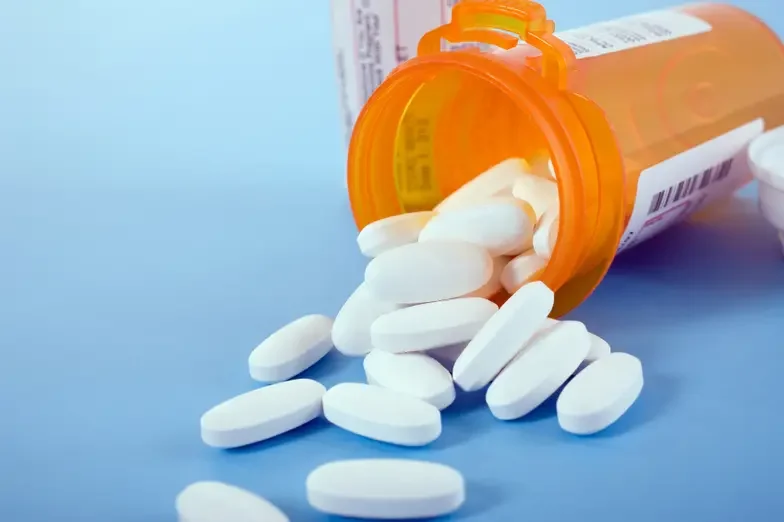Top 10 Deadliest Pet Poisons

Certain substances have a more sinister reputation with ASPCA Poison Control staff. These particularly dangerous substances most frequently claim the lives of pets.
Download, print and share the Top 10 Deadliest Pet Toxins List with your clients or adopters so they can determine if their pets may be at risk.
Since most of these poisonings can be prevented with awareness, read on to learn what these substances are, where they lurk, and how to advise your clients to keep their companions safe.
- 5-Fluorouracil is usually formulated as ointment or lotion found in topical skin cancer treatments. Pets may get into the tube or lick the product off the owner’s skin. 5-Fluorouracil causes severe gastrointestinal signs and seizures. Of dogs that ingest 5-fluorouracil, 64% die or are euthanized because of irretractable seizures. Those who survive the seizures, may become severely ill from bone marrow suppression shortly thereafter.
- Amphetamines are medications commonly used for weight loss and ADHD treatment, and illicit substances like methamphetamine and MDMA (ecstasy). Overdoses often result in life-threatening elevations in body temperature, blood pressure, and heart rate. Animals will often develop tremors and seizures as well.
- Baclofen is a commonly prescribed muscle relaxer. Dogs are very sensitive to this medication. Initially, dogs will salivate and become disoriented, often vocalizing. As the toxic syndrome progresses, paralysis of the diaphragm and intercostal muscles occur. They can also develop seizures, become comatose, and die from anoxia.
- Calcium Channel Blockers are blood pressure medications such as diltiazem, amlodipine, verapamil, and nifedipine. They have a very narrow margin of safety such that even small exposures can cause a severe decline in blood pressure and heart rate. These conditions are often refractory to standard medical therapies, making them extra challenging to treat successfully.
- Lamotrigine is a prescription anticonvulsant medication. Overdoses will cause severe arrhythmias and seizures.
- 5-Hydroxytryptophan, or 5-HTP is an over-the-counter supplement often used for sleep and mood moderation. Since 5-HTP is a building block of serotonin, it doesn’t take much of it to cause life-threatening serotonin syndrome. Serotonin syndrome is characterized by high body temperature, high heart rate, high blood pressure, tremors, and seizures.
- Hops (Humulus lupulus) should be a concern for home brewers. They are also present in supplements. In dogs, ingestion of hops can lead to malignant hyperthermia, a condition characterized by a fatal elevation in body temperature.
- Metaldehyde is the active ingredient found in many slug and snail baits. Pets that ingest these baits will rapidly develop severe tremoring and seizures.
- Blue-Green Algae (BGA) can contain harmful biotoxins that cause rapid (often within minutes) and severe seizures or liver failure. These are cyanobacteria that can be found in lakes, ponds, and rivers. Toxic blooms occur following warm, sunny weather, especially in ponds with runoff from fertilized fields or pastured animals. You can check with your local health department to see if there are any known reservoirs of BGA in your area.
- Methomyl is the active ingredient in many fly baits. It is a potent insecticide that will cause drooling, vomiting, slow heart rate, difficulty breathing, weakness, tremors, and seizures when ingested by a mammal.
If your clients use any of these substances, be sure to tell them to store them away from pets. When they use these products, they should be sure their pet is out of the area, and always be mindful of any dropped pills! If they suspect their pet has been exposed to any of these substances, encourage them to seek veterinary help immediately and call ASPCA Poison Control at 888-426-4435 on the way.
We have lots more on this subject:




